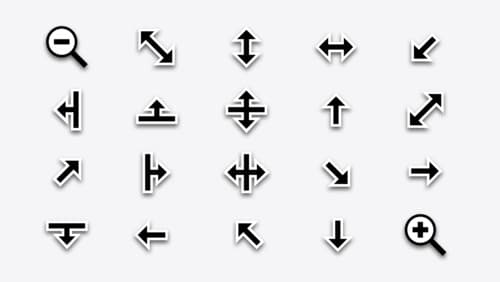swift ui navigation
Asked on 2024-08-14
1 search
SwiftUI navigation has been enhanced with several new features and capabilities as presented at WWDC 2024. Here are some highlights:
-
Navigation Split View: SwiftUI now supports navigation split views, which can be used to create complex navigation structures like sidebars and tab bars. This is particularly useful for apps with a lot of content, as it allows for a more organized and flexible UI. You can use the existing navigation split view APIs to build these interfaces (Migrate your TVML app to SwiftUI).
-
Sidebar and TabView: The sidebar in iOS 18 has become more flexible, allowing users to switch between a tab bar and a sidebar view. This is achieved by applying the new sidebar adaptable tab view style, which provides a more customizable experience (What’s new in SwiftUI).
-
Zoom Navigation Transition: SwiftUI introduces a new zoom navigation transition, which can be used to create visually appealing transitions when expanding content. This feature is part of the broader set of new transitions available in SwiftUI (What’s new in SwiftUI).
-
TabView Enhancements: The TabView component in SwiftUI has been updated with a new type-safe syntax, making it easier to catch common errors at build time. This update ensures that all tabs have the same selection type and that the type matches the TabView itself (Elevate your tab and sidebar experience in iPadOS).
These updates make SwiftUI a powerful tool for building modern, flexible, and visually appealing navigation structures in your apps. For more detailed information, you can explore the sessions mentioned above.

Enhance your UI animations and transitions
Explore how to adopt the zoom transition in navigation and presentations to increase the sense of continuity in your app, and learn how to animate UIKit views with SwiftUI animations to make it easier to build animations that feel continuous.

What’s new in AppKit
Discover the latest advances in Mac app development. Get an overview of the new features in macOS Sequoia, and how to adopt them in your app. Explore new ways to integrate your existing code with SwiftUI. Learn about the improvements made to numerous AppKit controls, like toolbars, menus, text input, and more.

What’s new in SwiftUI
Learn how you can use SwiftUI to build great apps for any Apple platform. Explore a fresh new look and feel for tabs and documents on iPadOS. Improve your window management with new windowing APIs, and gain more control over immersive spaces and volumes in your visionOS apps. We’ll also take you through other exciting refinements that help you make expressive charts, customize and layout text, and so much more.
